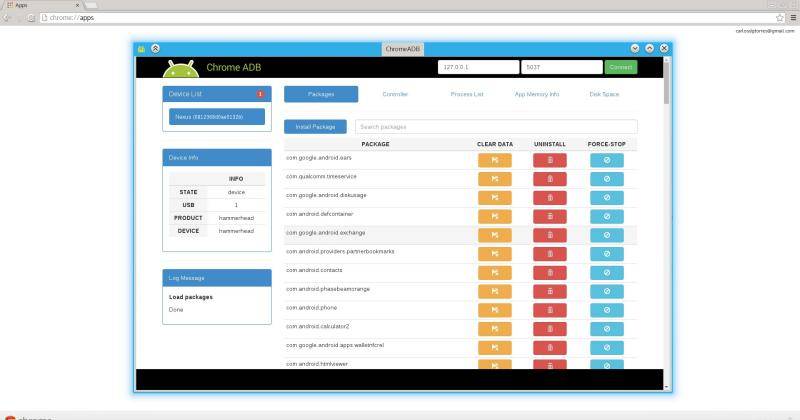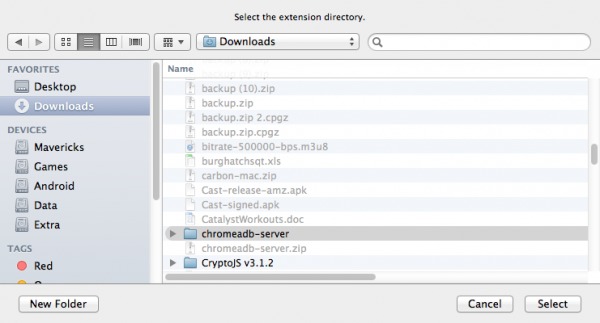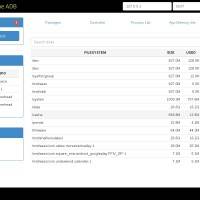
Google provides a very powerful Android Debug Bridge (ADB) tool for interacting with an Android device, but the default interface is a rather geeky and, for some, a tad arcane. Koushik “koush” Dutta has just pre-announced a new tool that he has been working on that gives a fancy GUI to ADB, accessible via a Chrome web browser extension.
Installing the extension is easy but isn’t the usual way you’d install Chrome extensions via the marketplace, at least for now. You download a ZIP archive and extract the contents into a folder of its own. Then in the Chrome browser’s settings, you have to enable Developer mode and then click on Load unpacked extension and direct it to your extracted contents. Once installed, you can launch ADB either from the Extensions settings page or from Chrome’s Apps page. Remember to stop any currently running ADB server before you do so, in case you have some already running.


Once everything has been setup properly, you will have access to almost all of ADB’s functionality from a clean-looknig graphical interface. There are five tabs available. Packages lists all packages installed on the connected device and lets you do operations like clearing the data, uninstalling, forcibly stopping them. You can also into APKs from this space. The Controller tab lets you control your device right from within your browser window. A separate ChromeADB app on Google Play Store can be installed on the Android device which adds a mouse pad functionality in this tab. Process List simply enumerates the system-level process and apps running, but it doesn’t let you do anything about them. App Memory Info and Disk Space do the same for memory space and file storage. These latter three do have some search functionality in them.
At the moment, only the Nexus 5 is the officially supported device for Chrome ADB, but more will be added to the list soon. Koush will also be making a more proper release of the extension, adding it to the Chrome web store to make it easier to install and manage. This extension removed the need for users to install the Android SDK tools just to get access to ADB, making it a lot easier for anyone to tinker with their devices. It is noted, however, that on Windows, drivers still need to be installed for the extension to work.
SOURCE: +Koush














